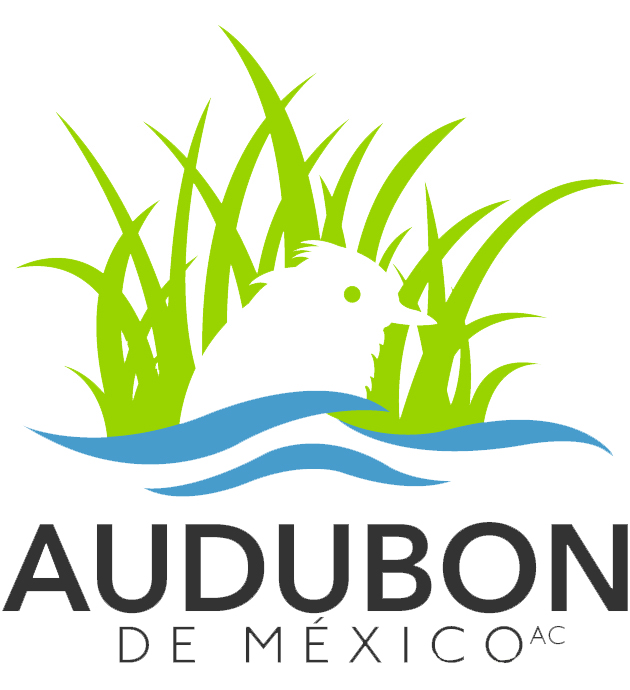FOUND AN INJURED OR SICK BIRD?
A GUIDE FOR HOW TO HELP
An Introduction
When we come upon a bird that is showing signs of injury or illness, of course we want to help. But, human help should only be extended after we watch and observe what is taking place and take steps to prevent further damage to a bird. The following are signs that a bird may be sick or injured:
- The bird is quiet, listless, the eyes may be closed or unfocused, and it has fluffed feathers (it looks “puffed up”).
- It may have an obvious wound, breathing problems, a drooping wind, or show lameness or an inability to stand.
- It does not fly away when approached. Young birds (fledglings) may not fly away because they are just learning to fly. See this information to learn what to do if you find a baby bird.
The ultimate goal of intervention is to be able to release the bird back into nature. Unfortunately, we do not have a wildlife rehabilitation center in San Miguel, but the information below will help you assess if intervening is the correct step to take, and what you can do to get the bird into a veterinarian’s care.
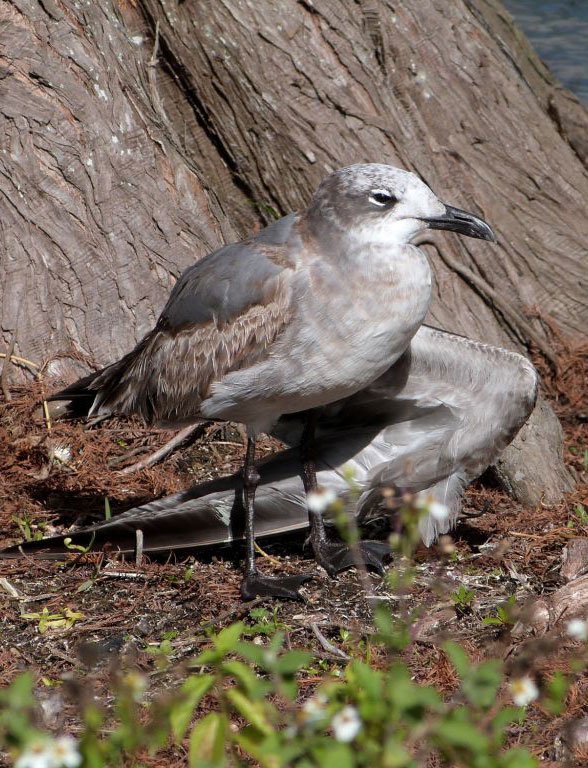
1. Assessing the situation and the overall condition of the bird.
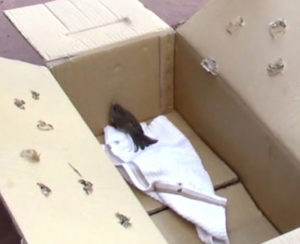 If the bird is on the ground and is visibly injured (bleeding or has obvious injuries or breaks) it should be taken to a veterinarian as soon as possible.
If the bird is on the ground and is visibly injured (bleeding or has obvious injuries or breaks) it should be taken to a veterinarian as soon as possible.
If it has struck a window, wait a few minutes to see if the bird recovers. If it is in danger from a cat or dog or if within 5 to 10 minutes it still appears stunned, it can be carefully moved into a cardboard box or other well-ventilated container and left to rest in a warm, quiet place with NO disturbances.
Do not give it food or water. If the bird fails to recover within two hours, you may want to consult with a veterinarian or let nature take its course.
2. Preparing a cardboard box or other suitable container.
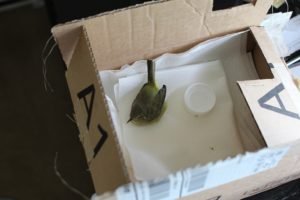
Poke holes in a cardboard box (or other suitable container with a lid) to ensure good ventilation, place cloth or paper towels on the bottom for warmth. If the weather is cold, you can place a hot water bottle inside.
Darkness reduces stress and is likely to be the best first aid you can give the bird. It is also the best treatment for shock. Birds go into shock very easily when injured, and often die from the shock.
Do not try to force feed or give water to the bird.
3. Catching a Bird
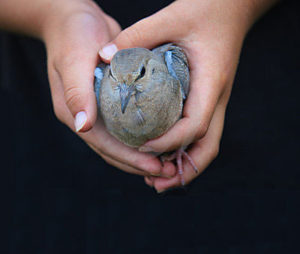 Gently, but firmly, trap the bird in your hands. For small birds, place your hand over the bird so that its head fits between your forefinger and middle finger. Wrap the rest of your fingers around it’s body, making sure the wings are covered.
Gently, but firmly, trap the bird in your hands. For small birds, place your hand over the bird so that its head fits between your forefinger and middle finger. Wrap the rest of your fingers around it’s body, making sure the wings are covered.
Medium-sized birds are best held with two hands, one over each wing. Handling large birds requires great care because of risk of injury to the handler.
4. Veterinarian medical diagnosis and possible treatment.
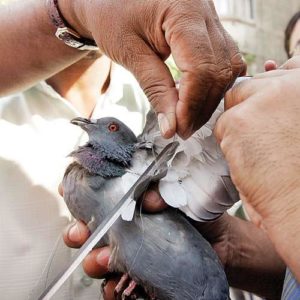 Although the first inclination is to help an injured or sick animal, human intervention often results in prolonged suffering and distress. A prompt veterinarian’s diagnosis will help to determine whether a bird can be treated and its chances of recovering and being able to re-enter the wild.
Although the first inclination is to help an injured or sick animal, human intervention often results in prolonged suffering and distress. A prompt veterinarian’s diagnosis will help to determine whether a bird can be treated and its chances of recovering and being able to re-enter the wild.
These people have experience with birds and hopefully can help it return to health.
Rodrigo Garibay: +52 415 151 9325 Volunteer rehabilitation service, expect to help with a donation
Dr. Pepe Estrada: +52 415-121-3967 Veterinarian service, expect to pay for services
Pet Vet: 415-152-2341 Veterinarian service, expect to pay for services
5. Follow-up Care.
If the bird has been treated and will require follow up care, you need to identify the species to know what kind of food it requires. For many birds, it is very difficult to find the right formula to meet its needs, especially egrets. Your veterinarian may be able to help with this, or you can look online for recipes.
Please be aware that if a bird recovers, but will not be able to survive in the wild, you will find yourself responsible for its long term care.
Subscribe to our newsletter
Our monthly newsletter will keep you up to date on our scheduled events, our work, and features monthly nature-related articles.
